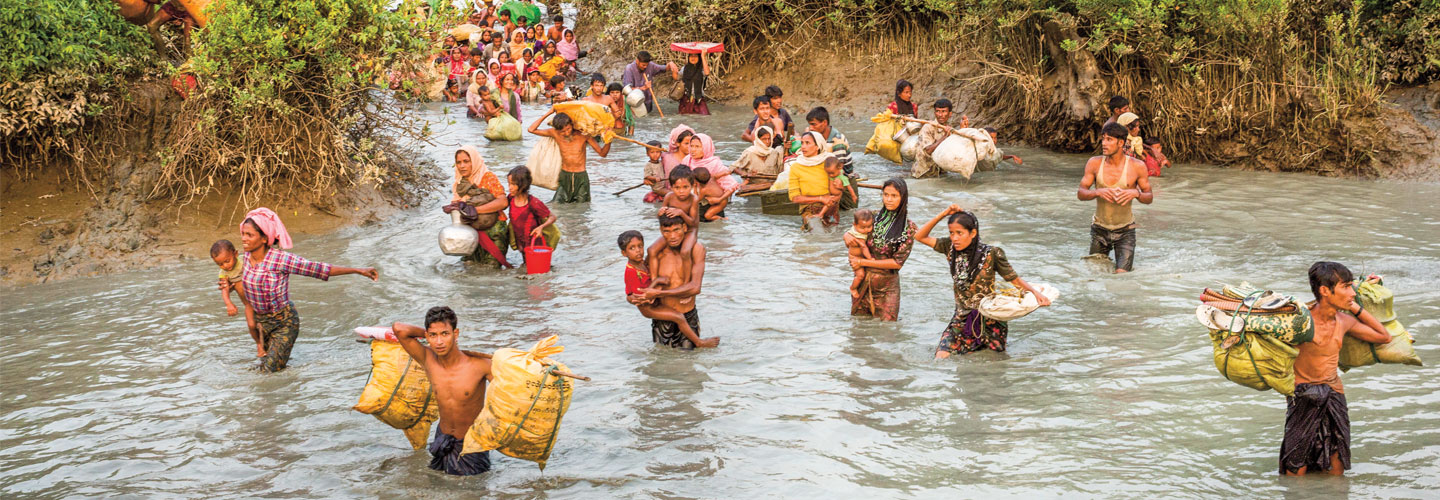Rajuma is a Rohingya (roh-HING-yah) Muslim. The Rohingya are a minority group from Myanmar (also known as Burma) that has long been persecuted by the majority population, which is Buddhist. The Rohingya have lived there for centuries, long before the country gained independence from Great Britain in 1948.
Over the past few months, more than 620,000 Rohingya have fled their homes in western Myanmar’s Rakhine State (see map, below). That’s more than half of the 1 million Rohingya who lived there.
The military and, in some cases, Buddhist mobs have been burning Rohingya villages and killing civilians. Human rights groups say the government troops have one goal: to erase entire Rohingya communities.
“There are lots of ethnic conflicts all over the world,” says John Sifton of Human Rights Watch. “But it’s rare that a government . . . accuses an entire population of not being citizens and targets them for removal.”
Myanmar’s army claims that it has been acting in response to attacks by Rohingya militants and that it is targeting only insurgents. But according to eyewitness accounts, the attacks have been widespread and largely directed at unarmed Rohingya villagers.




